HELOC:
A home equity line of credit (HELOC) is generally used to fund home improvements or for home-related emergencies. You can open a home equity line of credit and use it for as long as the draw period lasts, this is typically 5 to 10 years. The draw period is the time during which you can borrow from the HELOC. After the draw period, the repayment period begins, this typically lasts 20 years. The credit limit is based on the amount of equity that you have in the home, typically up to 85% of the value minus the amount you owe.
This line of credit will often have a more favorable interest rate because it is backed with your home as collateral. HELOC’s usually have adjustable interest rates which fluctuate with the prime rate. Interest on your HELOC may be tax deductible, just like your mortgage interest. Some HELOC’s will have associated costs such as an application fee, annual fee, early closure fee, or closing cost. You should check with your lender to see what fees apply.
401k Loan:
401k loans may be easier to attain than other traditional loans. You are borrowing from yourself; therefore they do not require a loan application or credit check. 401k loan provisions generally allow you to borrow up to 50% of the account balance or $50,000 at a maximum. 401k loans usually have a maximum repayment period of 5 years. This provision can either be a benefit or a drawback. If your circumstances do not allow you to repay the loan within 5 years, then the 401k loan may not be for you. However, in most cases being forced to pay a loan off in a shorter period of time is a good thing. You can only borrow from a 401k if you are currently employed by the company sponsoring the 401k. Not all 401k plans offer loans, you should check with your employer to confirm this.
If you leave the company, either voluntarily or involuntarily, you may be required to pay the loan back immediately. This is usually the case because 401k loans are generally only repaid through automatic payroll deductions. And if you can’t pay back the loan immediately the entire remaining balance becomes taxable income to you, likely generating a large tax bill with it.
Another cost to borrowing from your 401k can be any missed gains in the stock market that occurred while you had your money pulled out. For example if you borrowed $10,000 from your 401k and the market made 6% between the time you took it out and the time you began repaying it, you missed out on a $600 gain.
The problem with 401k borrowing does not lie with the person who borrows once and then repays, it lies with the person who uses their 401k as a checking account.
Prevention:
Avoiding the situation all together should be your main goal. You should maintain a large enough, liquid emergency fund in order to prevent the need to borrow from one of these sources. You should also look into other options before jumping to one of the above sources. If you are borrowing to repay other debt you should consider visiting a credit-counseling agency to see if they can help set up payment plans for medical or other debt. You should also experiment with adjusting your budget in order to create more cash flow. This may be a short-term adjustment that can solve your problem.
Most rules are specific to the institution you are borrowing from, so you check with your 401k provider and/or your bank before making any decision. A financial advisor can help you sort through the different scenarios to make sure you are making the best decision for your situation.
Alanna Conciardo
Financial Planning Associate


